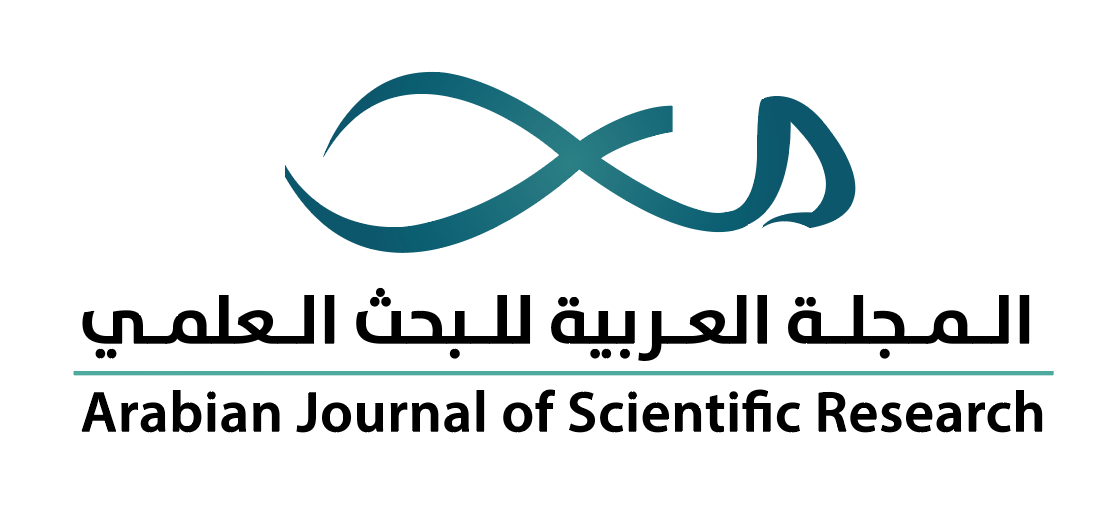-
oa استخدام التقنيات الذكية في تطوير كواشف الأمان النووي وقواعد الوقاية الإشعاعية
- Source: Arabian Journal of Scientific Research-المجلة العربية للبحث العلمي, Volume 4 (2023), Issue 1, Jun 2023, 6
-
- 11 October 2022
- 10 April 2023
- 15 May 2023
Abstract
الملخص
تعتبر الكواشف الإشعاعية إحدى أهم الأدوات الفعالة للكشف عن الآثار الإشعاعية وتفادي أخطارها، وقد صُممت تقنياً على أساس الزمن التراكمي للآثار الإشعاعية. تستخدم الكواشف الإشعاعية في حالات السلم واتّباع إجراءات وبروتوكولات الحماية والأمان النووي، وحدود الجرعة السنوية المسموح فيها للعمال والجمهور على حد سواء من الوكالات والهيئات الدولية المختصة في الآثار النووية وحماية البيئة، كما في الحوادث النووية.
حديثاً، تتيح التقنيات البرمجية الحديثة الذكية إمكانية الكشف الآني عن التعرض الإشعاعي، ومن ثمّ إمكانية استخدامها للإنذار المبكر والتوقع المستقبلي بالجرعة الإشعاعية المحتملة وتفادي أخطارها.
تتناول هذه الورقة البحثية الطرق النظرية لتحديث طرائق الكشف التقنية الإشعاعية باستخدام الألواح الرقمية الذكية واستخدامها بوصفها إنذاراً مبكراً وكواشف نووية ذكية، وفي النتيجة الوصول إلى تجديد معايير وحدود الجرعة السنوية الإشعاعية دولياً على أساس تقدير الجرعة اللحظية والآنية، وتحديث قواعد الوقاية والحماية الإشعاعية: أكثر حماية شخصية (More Personal Protection, MPP)، وأقل ضرراً وخطراً بيئياً (Less Enivrement Risk, LER).
تشير النتائج البحثية المستخلصة إلى أهمية التوصية بإدراج التقنيات الذكية في تحديث الكواشف الإشعاعية والقواعد الدولية في الوقاية الإشعاعية، واعتمادها من الوكالات والهيئات المختصة.
Radioactive detectors are considered one of the most effective tools for detecting radioactive effects and avoiding their dangers. They have been technically designed on the basis of the cumulative time of radioactive effects. The rules of procedures and protocols for nuclear protection, safety, and the annual limits intake for both workers and the public, have been established carefully by international agencies concerned about nuclear effects and environmental protection.
Recently, the development of smart technologies has good possibility to update the radioactive detectors and to design smart detectors. Smart detectors can be used for spontaneous detection of radiation exposure and as an early warning detection.
In this paper, the theoretical methods for updating radiological detection methods using smart digital sheets have been designed. As a result, the international standard rules and limits of the annual intake were renewed to allow updating the rules of radiation protection: More Personal Protection-MPP, and less Environment Risk-LER.
The results indicate the importance of recommending using smart technologies to modernize the radiation detectors and the international protection rules.


